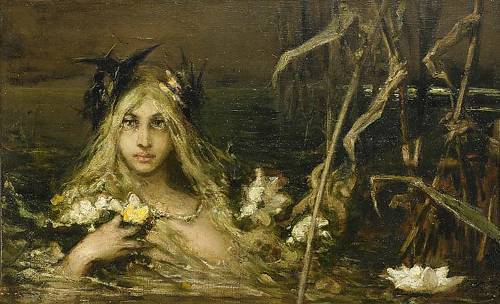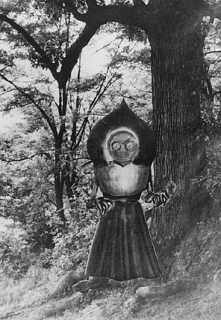Dr. S.V. Clevenger, in the Alienist and Neurologist for July 1890, describes an infant prodigy, Oscar Moore. Two little colored children were reciting the multiplication table at their home, in a little cabin in Texas, as they had repeatedly done before, and one of them asserted that four times twelve was fifty-eight, whereupon a thirteen months old baby, Oscar Moore, who had never spoken before, corrected the error by exclaiming, ‘Four times twelve are forty-eight!’ There was consternation in that humble home until the family became reconciled to the freak. Oscar was born in Waco, Texas, in 1885; his father is an emancipated slave, his mother is a mulatto. He was born blind; the other senses are unusually acute; his memory is the most remarkable peculiarity. He is intelligent and manifests great inquisitiveness; his memory is not parrot-like. When less than two years of age he would recite all he heard his sister read while conning her lessons. He sings and counts in different languages, has mastered an appalling array of statistics, and is greatly attracted by music. The writer concludes that Oscar is not mentally defective, but may possess extraordinary mental powers.
— Science, June 26, 1891


